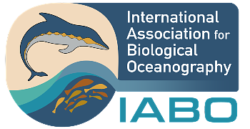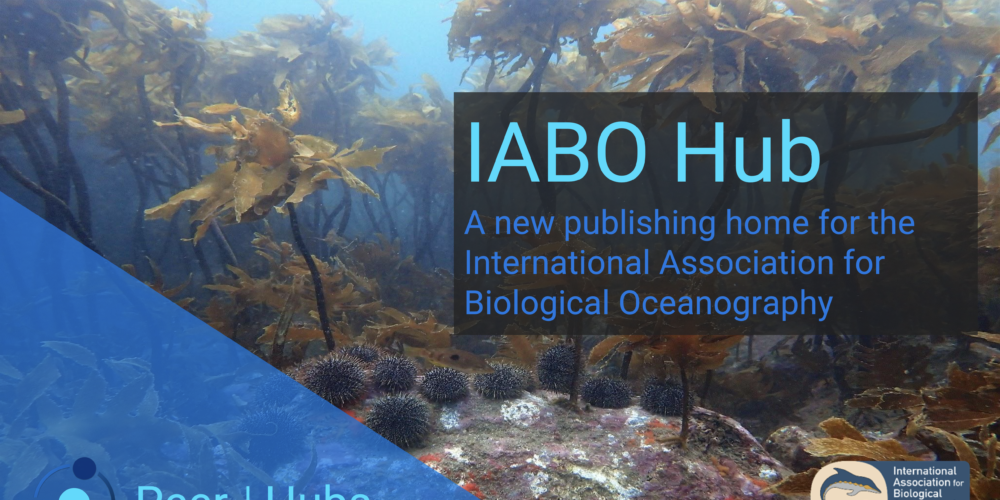The venue for the upcoming VII World Conference on Marine Biodiversity (2026) to be held in Bruges, Belgium, was revealed during the closing ceremony of the VI WCMB by Leen Vandepitte (WoRMS Data Manager) from Flanders Marine Institute (VLIZ).
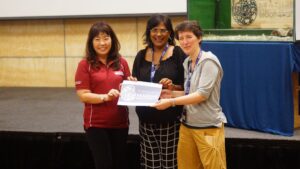
From left to right: Prof. Tan Shau Hwai (USM; VI WCMB organizer), Prof. Judith Gobin (UWI; IABO President), and Dr. Leen Vandepitte (VLIZ)
Message from IABO's newly elected President, Prof. Judith Gobin.
Professor Judith Gobin is the Head of the Department of Life Sciences of the Faculty of Science and Technology at The University of the West Indies, St. Augustine Campus, Trinidad and Tobago. Prof. Gobin spearheads efforts focused on advancing deep-sea research, and capacity building and technology transfer in marine sciences of Small Island Developing States (SIDS) in the Caribbean Sea. She is also actively engaged in UN negotiations of the Legally Binding Instrument (LBI) on Areas beyond National Jurisdiction (ABNJ). Prof. Gobin will lead IABO for the 2023-2026 Presidency.
------------------------------------------------------------------------------------------------------------------------------------------------------------------------------------------------------------------------------------------------
The International Association for Biological Oceanography is an international non-governmental non-profit organization. IABO is a constituent Section of the International Union of Biological Sciences and thus subject to those articles of the Statutes and Byelaws of the Union that apply to Sections, and also to the following Statutes.
IABO supports the planning of World Conference of Marine Biodiversity (WCMB) meetings. Learn about the 6th WCMB conference.
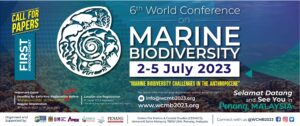
IABO disseminates professional and research opportunities, and information about scientific events through the MARINE-B email list. MARINE-B, the MArine Research Information NEtwork on Biodiversity, is for communication related to marine biodiversity research. From 2010 it is the official email network of the IABO. The archive of list messages is available here.
To join send message "SUBSCRIBE MARINE-B firstname surname" to listserv@listserv.heanet.ie
IABO abides to the Code of Conduct for ethical scientific practice of the Marine Biodiversity Observation Network - MBON.
The IABO Hub is live!
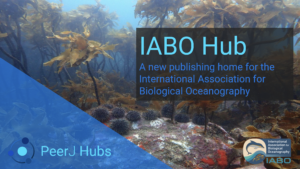
On September 27th, 2022, PeerJ launched the IABO Hub to enhance open-access publishing opportunities for our community. Learn more about the Hub at www.peerj.com/hubs/iabo. Create a Hub profile to connect with IABO members and submit an abstract today!
Myriam Sibuet passed away the 26th of July. She was 76.
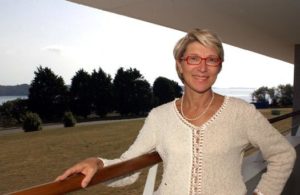
Myriam was born far from the sea but felt the call of the sea during studentships at the Natural Science in Strasbourg. In 1969, after she graduated, she was hired by Lucien Laubier to join a nascent research team on abyssal ecology in Brest. While Lucien Laubier tried to initiate her to the taxonomy of polychaetes, she rather decided to focus on echinoderms. A long learning process for Myriam who was so meticulous. It took her ten years to become a good taxonomist, she said. But Myriam couldn’t stop learning and once a good taxonomist she soon turned her interest into ecology. Meanwhile she was always pushing for methodological improvements and technological innovations from beam trawl to submersibles. Myriam first dived in a submersible in 1976 during a technical test of Cyana, and she later contributed to the specifications of the submersible Nautile and the ROV Victor 6000.
Myriam was open minded and eager of collaborations. Pluridisciplinarity and international relations have always been very important for her. She soon joined international research projects, and in 1988 she organised the 5th Deep Sea Biology Symposium at Ifremer in Brest. Towards the end of the 80’s, the discovery of cold seeps on continental margins has been a turning point in her career. She will be among the pioneers studying these new ecosystems. She then realized that the deep sea is much more heterogeneous that previously thought and at a variety of spatial scales. A theme that she will put forward and that will became a leitmotiv for her involvement in the the Census of Marine Life.
Myriam has also been among the pioneering women in Science. She leaded numerous cruises and leaded the deep-sea lab at Ifremer for years. In 2002 Myriam was awarded the insignia of Chevalier de la Légion d'honneur, in particular for her efforts to demonstrate the relationship between deep-sea assemblages and their physical and chemical environment. For the two last years of her career at Ifremer she sited right next to the CEO as scientific and technical adviser. While retiring from Ifremer, Myriam was as passionate as ever by deep-sea science and immediately got involved in the Census of Marine Life as a member of the Steering Committee and as the lead of the COMARGE project.
Myriam has been instrumental for the development of deep-sea science, in France and beyond. She was an example who marked us with her curiosity, her dynamism, her team spirit and her humanity. She has been as inspired by all the scientists she met, as she has been inspiring for generations of scientists. Myriam loved to share and pass on her knowledge; she has been of great support to many of us. During the past years, with no more student to accompany on the path of science, she shared her passions to her grandchildren. She will be much missed.
Homage to Alain Crosnier, 1930-2021
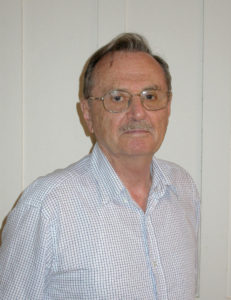
Our dear colleague Alain Crosnier passed away in his 91st year on Feb. 18, 2021. He was internationally renowned for his scientific accomplishments, his skills as an organizer, and his boundless energy. His vision impacted generations of researchers, far beyond crustacean specialists, and he will be remembered as a demanding but generous and fair person.
He graduated as an agronomist and joined in 1956 what was then ORSTOM (Office de la Recherche Scientifique et Technique Outre-Mer). His first assignment was in Madagascar; then, from 1962 to 1968, at the ORSTOM branch in Pointe Noire, in Congo; and again in Nosy Be, in Madagascar, where he was head of the local ORSTOM branch from 1970 to 1976. There, he conducted surveys aimed at developing fisheries, with emphasis on shrimps, and explored offshore to depths of 1,000 meters, discovering new resources as well as new species. During those happy years, he authored or co-authored several major revisionary works, among others Les crevettes profondes de l'Atlantique oriental tropical (in the series Faune tropicale; 1973) and three volumes on crabs (1962, 1965) and shrimps (1978) in the Faune de Madagascar series - a demonstration of his interests and skills for both fisheries resources and taxonomy.
After Madagascar, he was called by Guy Camus, then Director General, to become the head of oceanography in the ORSTOM Board of Directors in Paris, where he was at the forefront of French marine research. As such, he decided in 1976 that the RV Vauban would make a detour via the Philippines en route to its new assignment in New Caledonia. The goal was to collect new specimens of the (now famous) "living fossil" Neoglyphea inopinata that MNHN's Michèle de Saint-Laurent and Jacques Forest had "discovered" the previous year after 60 years on the shelves of the Smithsonian Institution, in Washington. The acronym "MUSORSTOM" was born, and this first "MUSORSTOM cruise" was phenomenally successful. Upon retirement from Institut de Recherche pour le Développement (IRD, the continuation of ORSTOM), Alain Crosnier started a second career in the National Museum of Natural History (MNHN), now focused on crustaceans and the exploration of the deep-water benthos of tropical seas. He was Principal Investigator of few, but the broker of many, and deployed vision and energy to organize the study of the specimens collected - by bringing to Paris specialists from all over the world as visiting curators - and to publish the resulting papers. In 1999, the "MUSORSTOM cruises" became Tropical Deep-Sea Benthos, and in 2016 the program celebrated its 40th anniversary; volumes 33 and 34 of results are currently in production, and hundreds more articles in marine biology or taxonomy journals have been published by collaborating zoologists, resulting in the description of over 3,500 new species. Sponges, echinoderms, brachiopods, bryozoans, stylasterids, scleractinians and fishes have all been covered at one time or another, although the emphasis has been on crustaceans and molluscs. The network of taxonomists that he initiated has members in 24 countries, and many like to call each other Crosnier's cronies. Undoubtedly, ORSTOM and later IRD, and MNHN owe him a lot for their image abroad. The impact of his legacy cannot be overstated.
Taxonomists have the habit of honouring their peers and mentors by naming new genera and species after them. In this respect, the list of those who have paid homage to Alain Crosnier reads like a Who's Who in modern marine invertebrate systematics. The genera Alainius, Alainopagurus, Crosniera, Crosnieriella, Crosnierita, Crosnierius, and over 130 species have been named after him, in a combination of fondness, respect and admiration. The most recent, Alpheus alaincrosnieri, was published just a few months ago and certainly won’t be the last.
Bertrand Richer de Forges and Philippe Bouchet.
Graham Edgar receives 2019 Carlo Heip Excellence Medal from Mark Costello at the WCMB V!
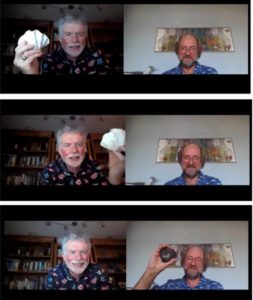
Mark Costello (right) with Graham Edgar (left)
